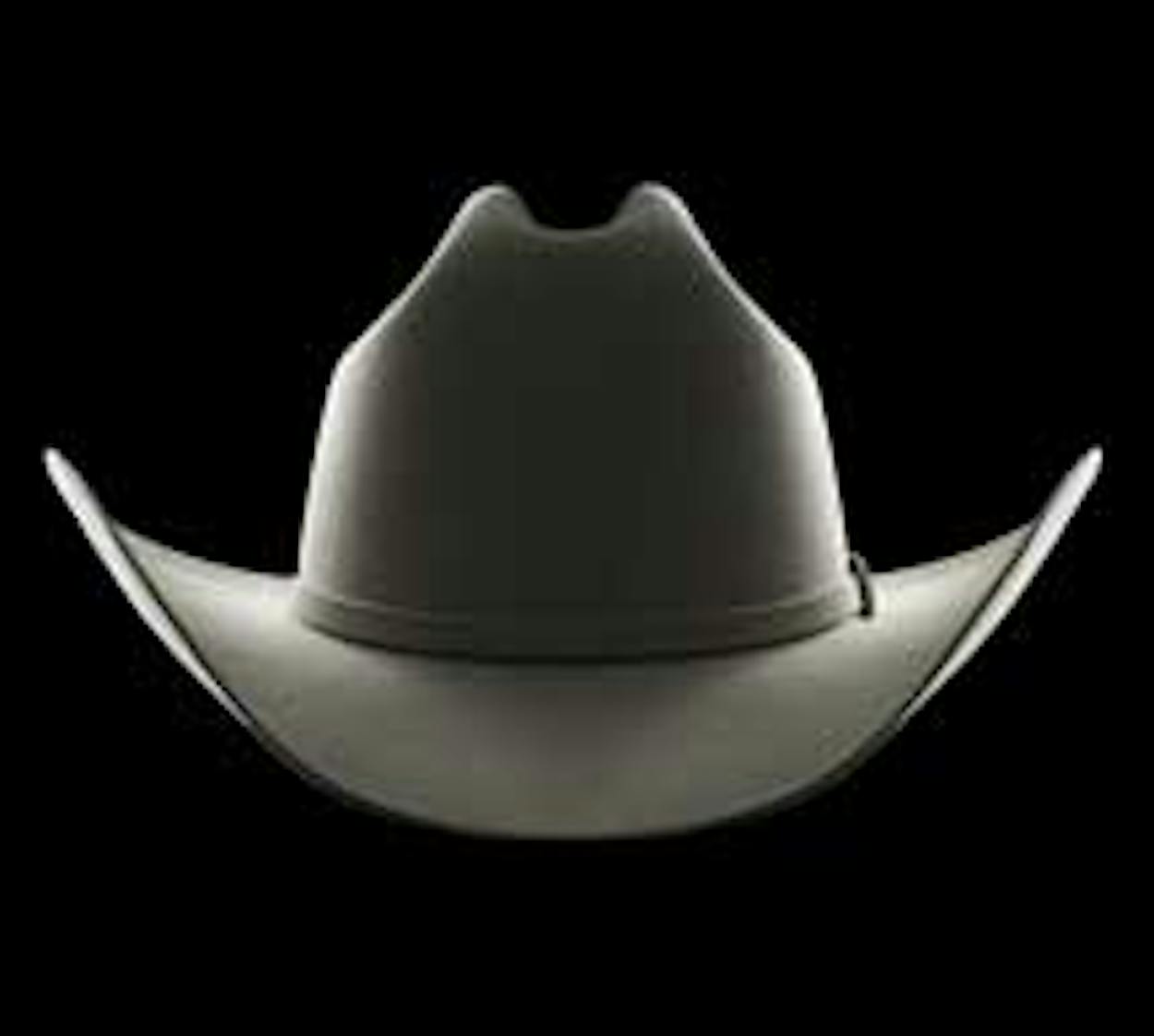When the idea of putting together a special Texas Monthly style issue was first laid on the table, it was greeted with consternation. Did we intend to dispatch Paul Burka to the fashion shows to analyze the spring lines or Skip Hollandsworth to the nearest perfumery to fill his untutored nostrils with the newest Parisian scents? Eyebrows were raised; heads were scratched. One sartorially lax staff member shrugged, “At least I’ll have the month off.”
Elsewhere, the worry might have been warranted. But in Texas, questions of style lead not to the study of hemlines, hair color, or bling; they focus on the subjects that we normally write about in Texas Monthly—race, culture, history, character, language, the environment. Unlike the passing fads that constitute what might be called California or New York style, the elements of Texas style have deep living roots. When we consider them we are considering not only the surface but the essence of who we are. Texas style is no trifling, trendy thing. It is that which you would remove from Texas in order to make it Oklahoma.
Consider the cowboy hat, that most iconic piece of Texan garmenture. There are forty cowboy hats in this issue (not including those in the advertisements), starting with the beautiful off-white 20X beaver-felt Resistol on the cover and ending with Kinky Friedman’s smoke-enclouded black Stetson. All of them are distant ancestors of the wide-brim affairs worn by the ferocious Mongol horsemen of Genghis Khan, whose sensible headgear (and imperial dominance) may have inspired the flat-topped sombrero (and thirst for global conquest) that the Spanish brought to Mexico. After growing a pointier top and a more decorative stitch, the Mexican sombrero, along with the trappings of the modern cattle industry, drifted over the river into what is now Texas, ultimately to be replaced by John B. Stetson’s Boss of the Plains, a felt hat with a wide brim, a high crown, and a dedicated clientele that purportedly included, right up to the minute he was killed at the Battle of the Little Bighorn, Lieutenant Colonel George Armstrong Custer. There are few places on earth where you will find such historical garb in such common use as in Texas. On a good day, when the sun is shining at a certain angle and a man happens to walk by with a perfect specimen perched just so on his head, I submit that you can make out eight centuries of world history in the crown and brim of his hat.
Texas style comprises more things than can be summarized with a single image, but the hat on our cover comes close, calling to mind not only Mexican vaqueros and Anglo buckaroos but oil tycoons, Texas Rangers (who prefer Resistols), Lyndon Johnson (who favored Stetson’s Open Road), George Strait (a dedicated Resistol pitchman), and the Kilgore Rangerettes (whose White Rangerette Hat is made, unfortunately, in Pennsylvania). Go back and look at it. It is both ancient, carrying vestiges of the Old World in the minute filigree of its buckle, and modern, appearing in monochrome like the Beatles’ White Album. It’s not the most expensive hat money can buy, but it’s as fine a hat as a person should ever need. Style is not about spending (especially lately). As Lynn Wyatt, the great doyenne of Houston’s upper echelons, notes, “Ostentation has never been stylish.” Though the grand gesture is an essential component of Texas style, sometimes it can be as simple as a hat.
A word on some new pages: This month we debut a new monthly page in Reporter titled Object Lesson, on which we will indulge our nosiest instincts with a look at the personal spaces of people we find interesting. We start this month with the desk of Houston artist Angelbert Metoyer. Next month we’ll take you into the pantry of Austin sushi maestro Tyson Cole. We’ve also revamped our Street Smarts page, making it much more user-friendly and visually dynamic. And as you flip through this issue, you’ll notice that something else is different. Our ever-stylish art director, T.J. Tucker, has designed a one-time-only look for this special issue using a typeface inspired by Texas Monthly’s original logo. Some things never get old.
Next Month
Senior editor Gary Cartwright tours the battlefields of Texas; senior executive editor Paul Burka spends some time with the new Speaker of the House; writer-at-large Jan Reid marks the year anniversary of Emilio Navaira’s bus accident; senior editor Karen Olsson reads Nadine Eckhardt’s new memoir; and executive editor Patricia Sharpe eats, and eats, and eats.







